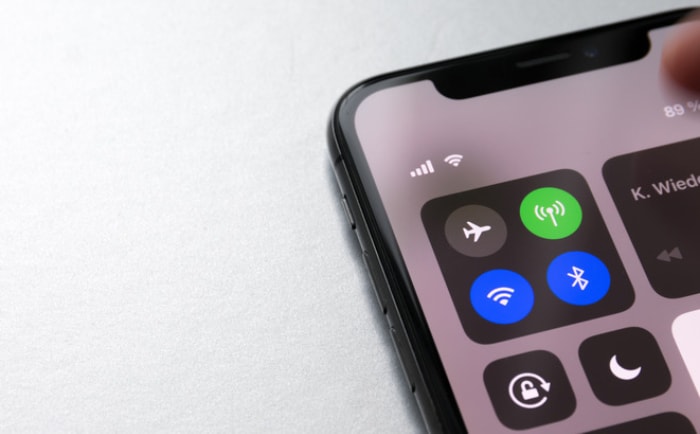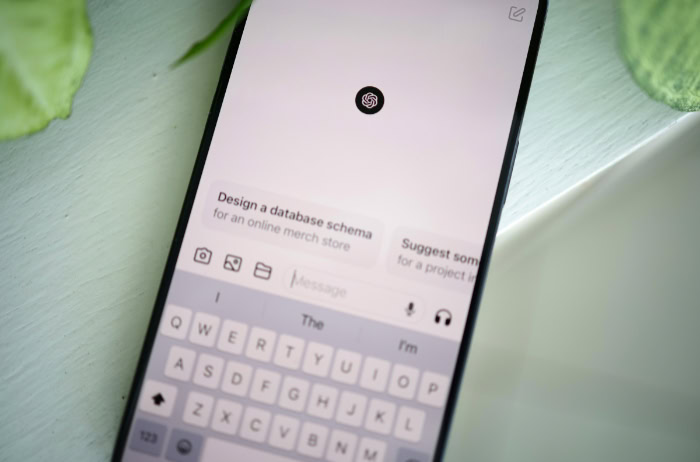What Is a Smartwatch? Features That Redefine Timekeeping
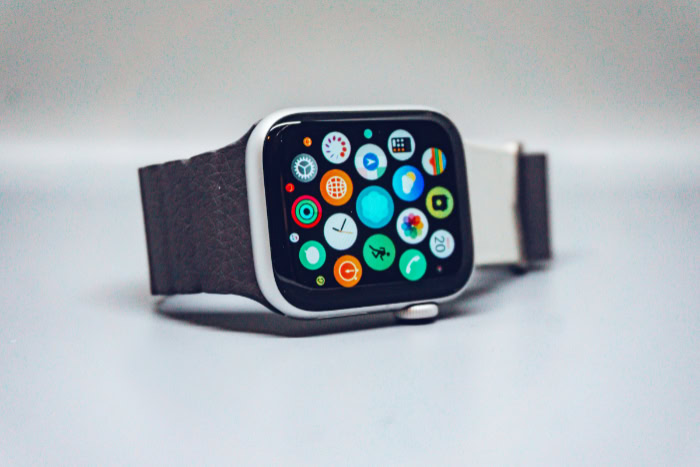
Smartwatches have transformed from a niche gadget into an everyday essential for millions, combining style, functionality, and advanced technology. These wrist-worn devices go far beyond telling time, offering tools to monitor health, boost productivity, and keep you connected without reaching for your phone.
With features like fitness tracking, voice assistants, and app integration, they serve as versatile companions that fit seamlessly into busy lifestyles.
Core Functionality and Key Features
A smartwatch functions as a wrist-worn computer that connects with smartphones to provide a wide array of features and notifications. It bridges the gap between traditional timekeeping and modern technology by enabling users to access messages, emails, social media alerts, and app functionalities directly from their wrist.
Smartwatches serve as practical tools for multitasking, allowing users to stay connected without constantly needing to access their phones. They are particularly useful for quick access to information and minimizing distractions during work or workouts.
Essential Components
Smartwatches rely on a combination of hardware and software to deliver their functionality. The touchscreen interface is one of their defining elements, simplifying navigation through menus, apps, and settings.
Many models are equipped with sensors that detect health and fitness metrics, such as heart rate, blood oxygen levels, and physical activity. GPS capabilities are often included for location-based services and outdoor navigation.
Voice assistants, such as Siri or Google Assistant, allow users to perform various tasks hands-free, from setting reminders to searching the web. Additionally, app integration opens up opportunities to personalize the device, whether through fitness tracking platforms, productivity apps, or entertainment tools.
These components collectively transform the device into a multifunctional wearable tailored to individual needs.
How It Differs From Traditional Watches
A smartwatch diverges from traditional watches due to its focus on functionality rather than just design or mechanical timekeeping. While traditional watches are often valued for their craftsmanship and aesthetic appeal, smartwatches prioritize connectivity, adaptability, and utility.
They can be customized to suit various lifestyles through downloadable apps, adjustable interfaces, and interchangeable bands. Unlike traditional watches, which remain static in their design and purpose, smartwatches evolve through software updates that enhance their capabilities over time.
This emphasis on integration with smartphones and the ability to adapt to technological advancements makes them a unique category of wearables.
Benefits and Everyday Use Cases
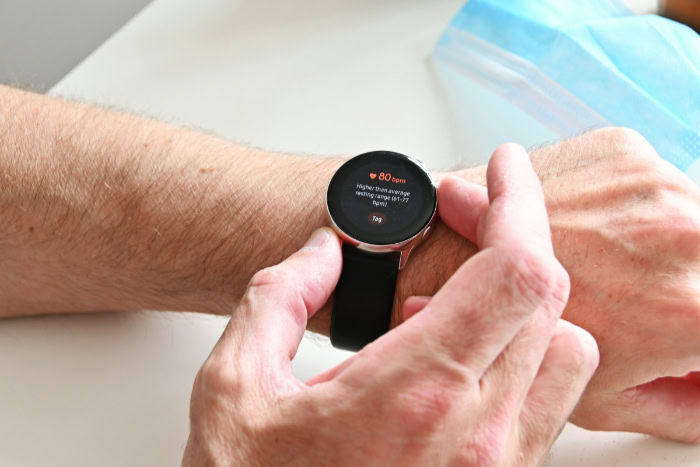
Smartwatches have become indispensable tools for many, offering features that simplify daily life, enhance health and fitness routines, and provide seamless connectivity. Their ability to combine functionality with convenience has made them an attractive option for users looking to integrate technology into their routines.
Whether tracking personal wellness, managing tasks, or exploring the outdoors, smartwatches are designed to meet diverse demands with ease.
Health and Fitness Tracking
For those focused on improving their physical and mental well-being, smartwatches offer advanced health and fitness features. Tracking steps and monitoring heart rate are standard functionalities, helping users stay aware of their daily activity levels and cardiovascular health.
Many models also provide sleep analysis, identifying patterns and offering insights into rest quality, which can contribute to better lifestyle choices. Workout guidance is another highlight, as smartwatches can suggest exercises, time intervals, or even track specific sports activities such as cycling or swimming.
Fitness enthusiasts and beginners alike benefit from these tools, which help set and achieve personal goals. In addition, features like blood oxygen monitoring and stress tracking bring broader health metrics to the forefront, empowering users to take proactive steps toward self-care.
Communication and Convenience
Staying connected is effortless with a smartwatch. Call and text alerts ensure users never miss important messages, even when their phone is out of reach.
The ability to reply to texts via voice commands or a compact on-screen keyboard adds a layer of convenience, particularly during busy moments or while multitasking. Smartwatches often integrate calendars and weather forecasts, providing users with quick access to daily planning tools at the flick of a wrist.
Notifications from apps, social media platforms, or direct emails are streamlined, allowing users to prioritize what they need to check immediately. This efficient communication setup makes smartwatches a practical tool for managing life on the go.
Productivity and Smart Home Control
Smartwatches extend beyond personal management by bridging the gap between users and connected devices. With just a few taps or voice commands, tasks such as setting reminders, creating to-do lists, or even managing schedules can be handled smoothly.
For those with smart home devices, smartwatches provide control over essentials such as lighting, thermostats, or home security systems. Adjustments can be made with minimal effort, placing control right at the user’s fingertips.
Functions like email previews and app integration further contribute to productivity, ensuring day-to-day responsibilities are manageable no matter where the user is.
Navigation and Outdoor Activities
The integration of GPS in smartwatches opens new possibilities for navigation and outdoor pursuits. Whether jogging in an unfamiliar park, hiking a challenging trail, or cycling long-distance routes, the device provides accurate mapping and direction guidance.
It eliminates the need for carrying bulky equipment or checking a smartphone repeatedly, letting users focus on their activity instead. Real-time updates on terrain, distance, and pace are particularly useful for outdoor enthusiasts, helping them stay on track with their plans.
In addition, some smartwatches include altitude, weather change alerts, or compass features, making them ideal companions for adventurous individuals exploring remote locations.
Technical Considerations and Challenges
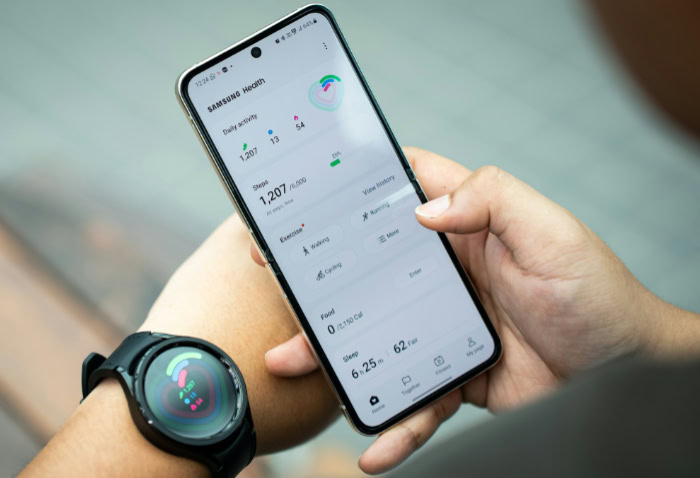
Smartwatches bring convenience and advanced technology to the wrist, but their functionality is shaped by several technical factors. While these devices enhance daily routines, users must consider compatibility, battery life, accuracy, and privacy concerns to maximize their experience.
Each factor plays a role in determining how well a smartwatch integrates into an individual's lifestyle.
Compatibility and OS Requirements
Smartwatch compatibility with smartphones is a critical aspect to consider before purchasing. Most models are designed to work with specific operating systems, such as iOS or Android, and the level of integration can vary.
For instance, the Apple Watch pairs best with iPhones, offering optimized features that are not fully accessible on Android devices. Similarly, Wear OS models cater to Android users, but compatibility with iOS may be limited.
Choosing a smartwatch requires attention to how it interacts with the existing smartphone ecosystem, as this affects the availability of features like app synchronization and call or message notifications. Cross-platform support may be offered by certain brands, but users often experience a smoother connection when pairing devices within the same ecosystem.
Battery Life and Charging
Battery life is one of the most discussed aspects of smartwatches, as it directly impacts usability. Premium smartwatch models typically last one to two days on a single charge, depending on the intensity of usage.
Bright screens, GPS functionality, and health tracking features tend to drain power more quickly, requiring frequent recharges. Some devices include power-saving modes to extend battery duration, while others prioritize features over longevity.
Charging methods also vary, with most models utilizing wireless docks or magnetic cables for convenience. While frequent charging can become an inconvenience for some users, advancements in technology continue to improve energy efficiency in newer models.
Accuracy and Reliability Concerns
Health and fitness tracking is a significant selling point for smartwatches, but accuracy in measurements can differ. Budget models may offer less consistent heart rate or sleep tracking data compared to premium options.
In some cases, devices might misinterpret physical movements, leading to discrepancies in step counts or workout metrics. While high-end smartwatches often provide reliable data, users should keep in mind that no wearable can guarantee perfect readings.
Calibration issues or environmental factors can also influence the accuracy of certain sensors, creating challenges for those who rely heavily on health monitoring features.
Privacy and Data Security
As smartwatches collect sensitive health and personal data, privacy concerns have become increasingly relevant. Many devices share data with third-party apps to improve functionality or provide insights, raising questions about how this information is stored or used.
Risks include unauthorized access to health metrics or the potential misuse of personal data by external platforms. Secure software and clear privacy policies offered by manufacturers can mitigate these challenges, but users must remain cautious about granting permissions to apps and services.
Protecting the sensitive information stored on a smartwatch should be an essential consideration for anyone integrating wearable technology into their daily life.
Choosing the Right Smartwatch

Selecting the ideal smartwatch involves balancing functionality, style, and budget while ensuring it aligns with personal preferences and lifestyle needs. With so many options available, finding one that offers the right combination of features requires thoughtful consideration.
Factors like fitness tracking, advanced app capabilities, and comfort all play an important role in making a choice that enhances daily routines.
Identifying Personal Priorities
Each smartwatch excels in specific areas, making it important to match its strengths with your priorities. Fitness enthusiasts often lean toward models that emphasize health monitoring features, such as step counting, sleep analysis, and advanced workout tracking.
Those interested in broader capabilities may prefer devices that support LTE connectivity, enabling calls, messages, and app usage without a tethered smartphone. On the other hand, some users may prioritize aesthetics, choosing watches that combine elegant designs with basic functionalities.
Understanding your preferences, whether focused on health, productivity, or style, allows for a more tailored experience.
Budget vs. Feature Balance
Pricing plays a significant role in smartwatch selection, and finding the right balance between features and affordability is crucial. Entry-level smartwatches cater to users seeking straightforward fitness tracking and basic notifications.
They often lack the advanced metrics and premium build quality found in higher-end models, but they remain an excellent choice for those looking for simplicity. Premium models come with sophisticated features such as ultra-accurate health sensors, brighter displays, and wider app ecosystems.
While the upfront cost may be higher, the enhanced usability and durability often justify the price tag for many users. Considering long-term needs and how a smartwatch can adapt to future requirements helps to weigh value against cost.
Comfort and Style Preferences
Smartwatches are as much a fashion accessory as they are a piece of technology, and comfort and style are key elements to consider. Band materials vary widely, ranging from sporty silicone to stylish leather or metal options, each catering to different preferences.
For those who value versatility, interchangeable bands provide the flexibility to switch styles for different occasions. Screen size and shape also affect comfort, as larger screens might be easier to navigate but less appealing to users who prefer a sleeker design.
Lightweight builds are particularly important for individuals who wear their smartwatch throughout the day or during workouts. Balancing visual appeal with ergonomic design ensures the device feels like a natural extension of your personal style and daily routine.
Conclusion
Smartwatches have evolved into multifunctional tools that seamlessly integrate technology into everyday life. Offering features that span health monitoring, productivity, communication, and navigation, they have become indispensable for users seeking convenience and efficiency on the go.
Their ability to combine style with functionality makes them versatile devices suited to diverse lifestyles.
Choosing the right smartwatch ultimately comes down to aligning its capabilities with personal priorities. Whether the focus is on fitness tracking, advanced smart features, or aesthetic appeal, selecting a model that fits effortlessly within your tech ecosystem ensures a smooth and satisfying experience.
As wearable technology continues to advance, smartwatches remain a valuable companion for managing both personal and professional aspects of modern life.

